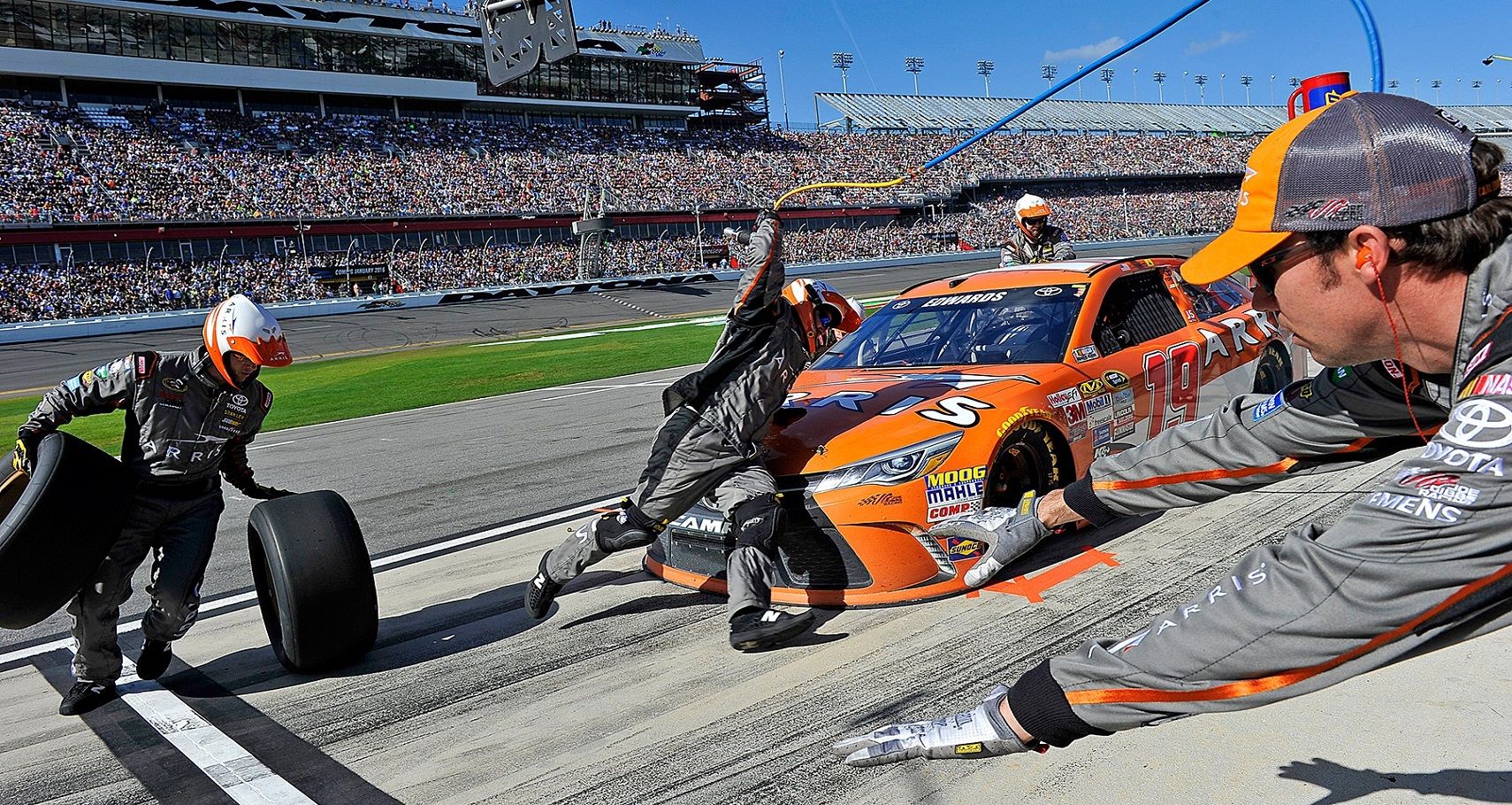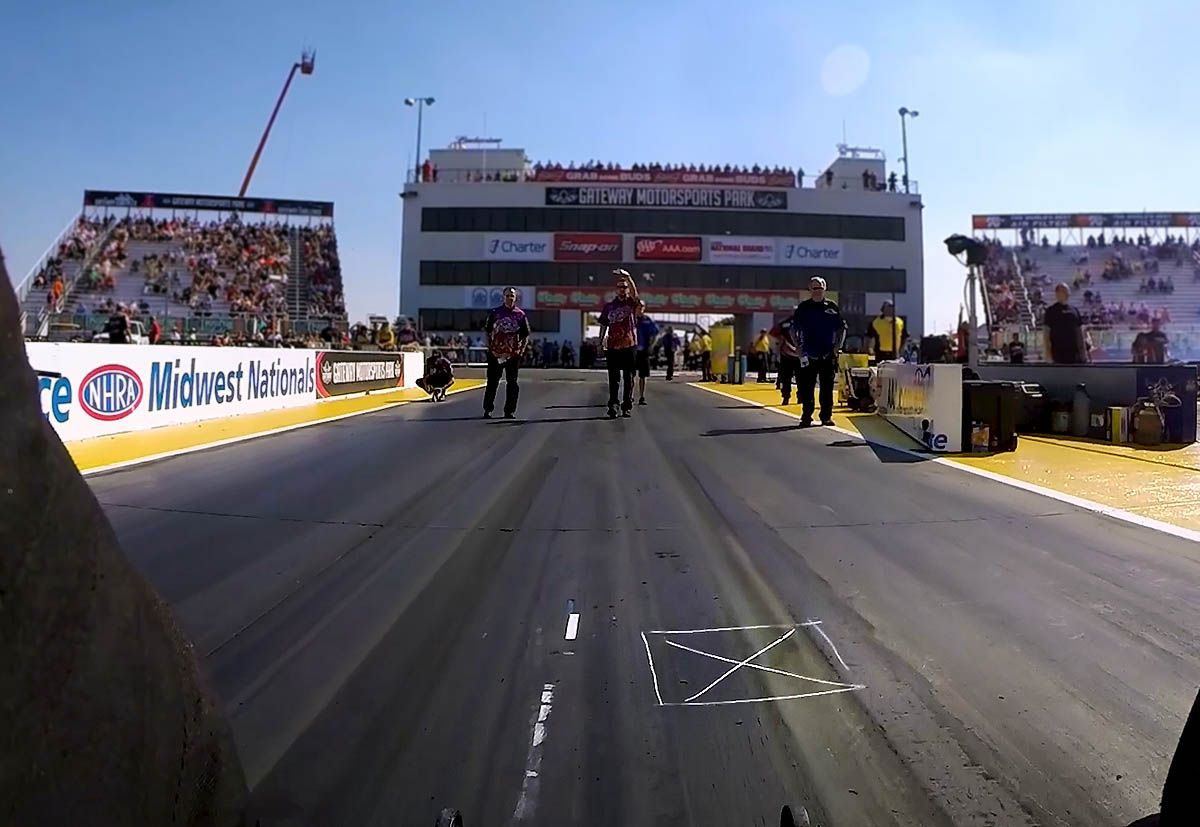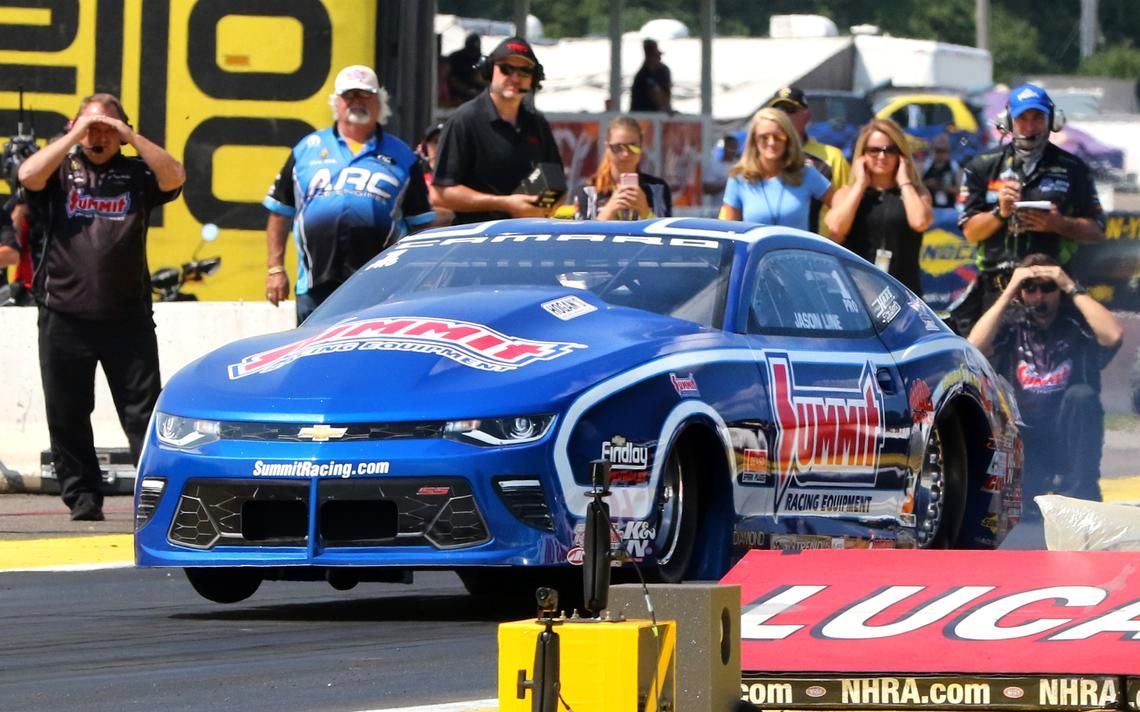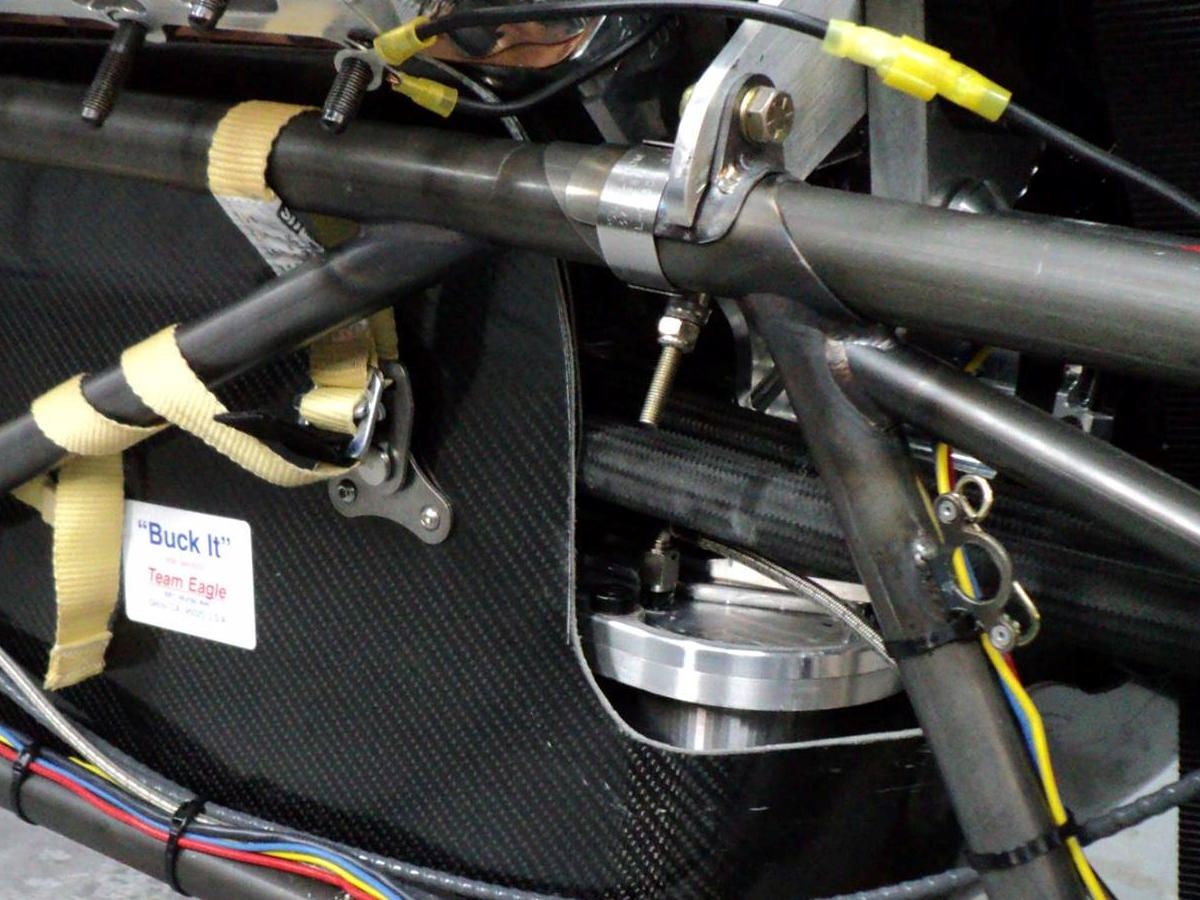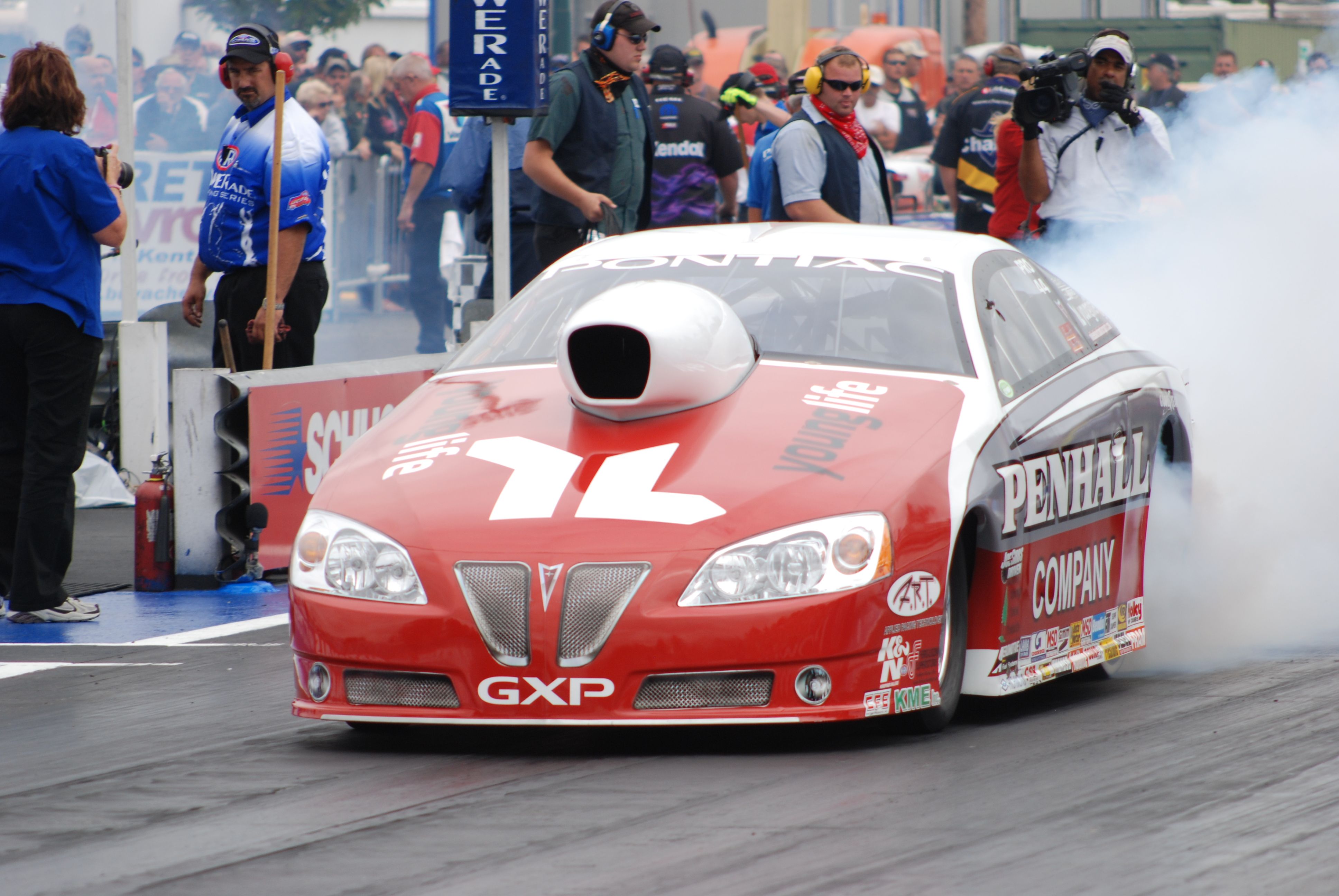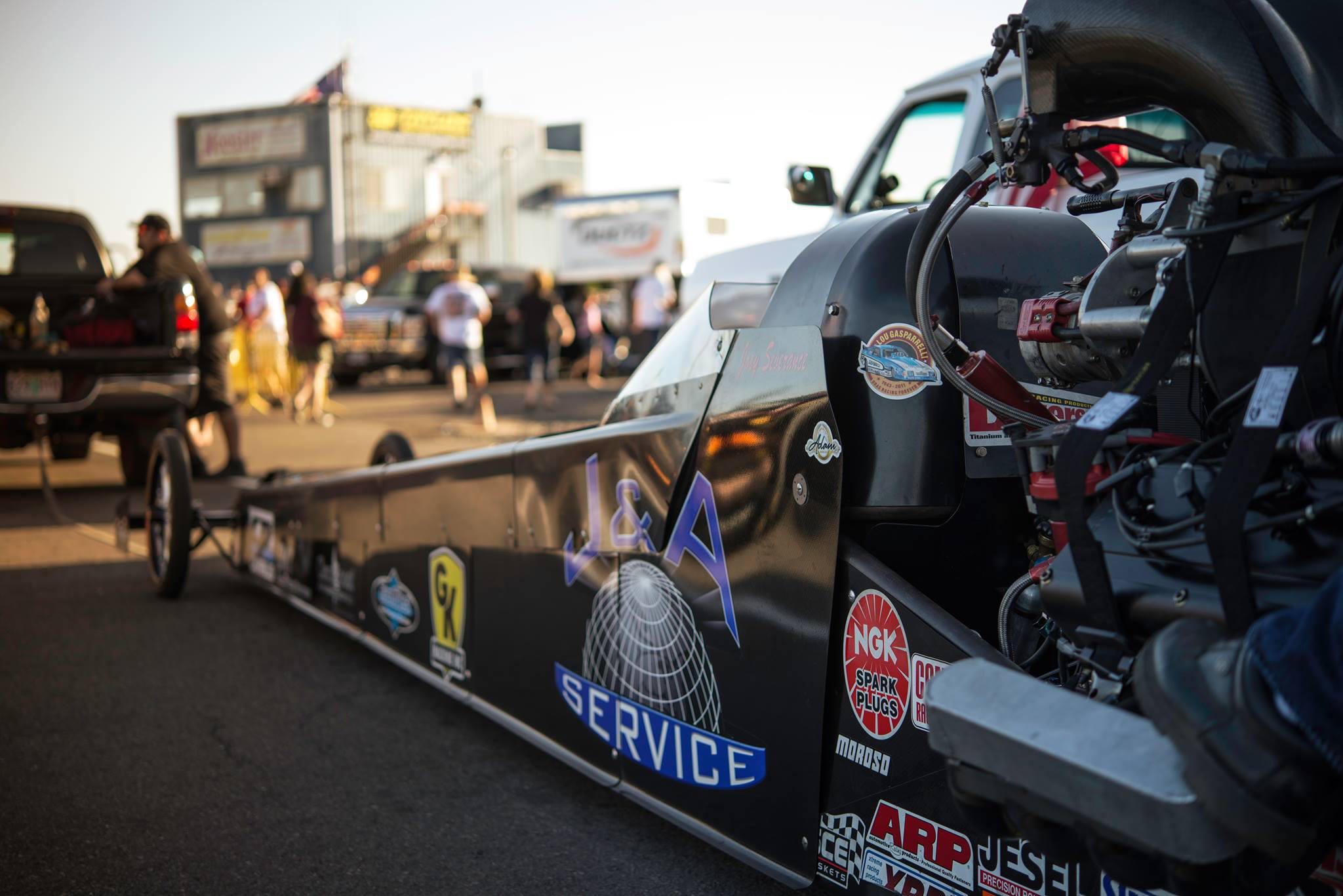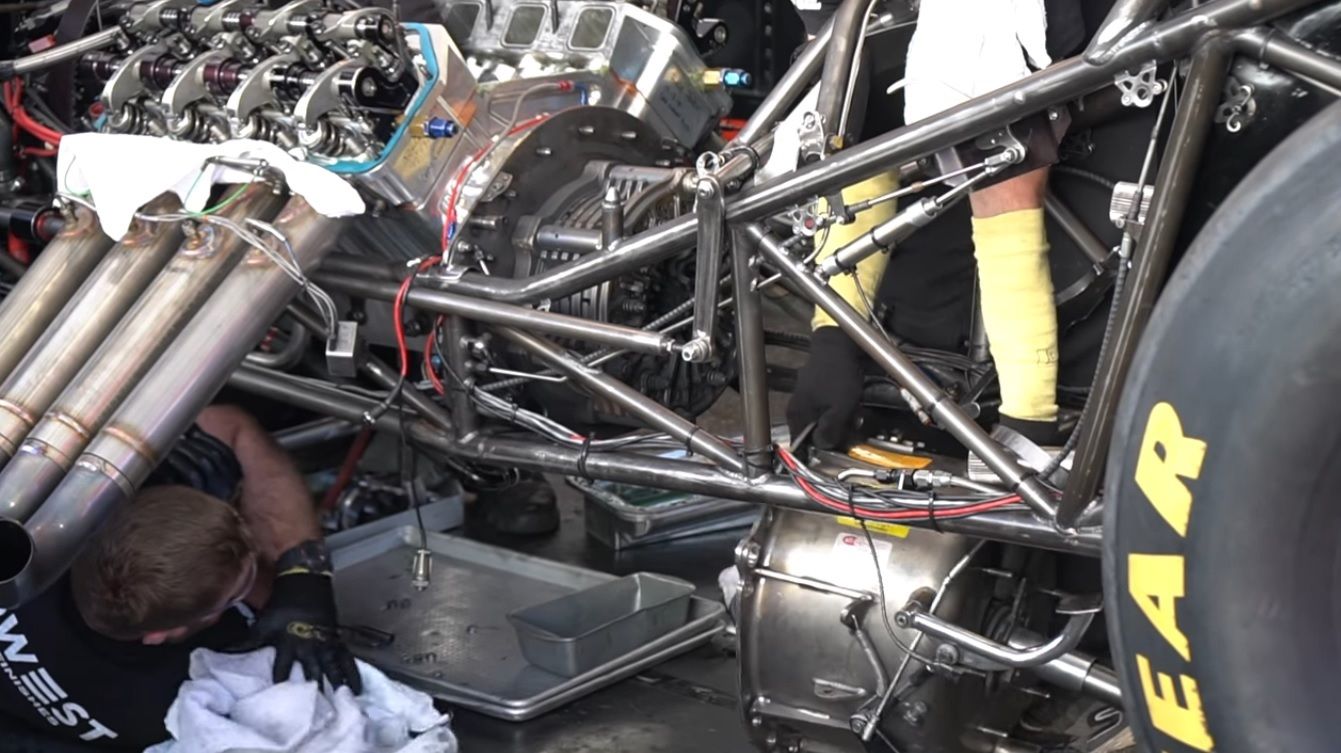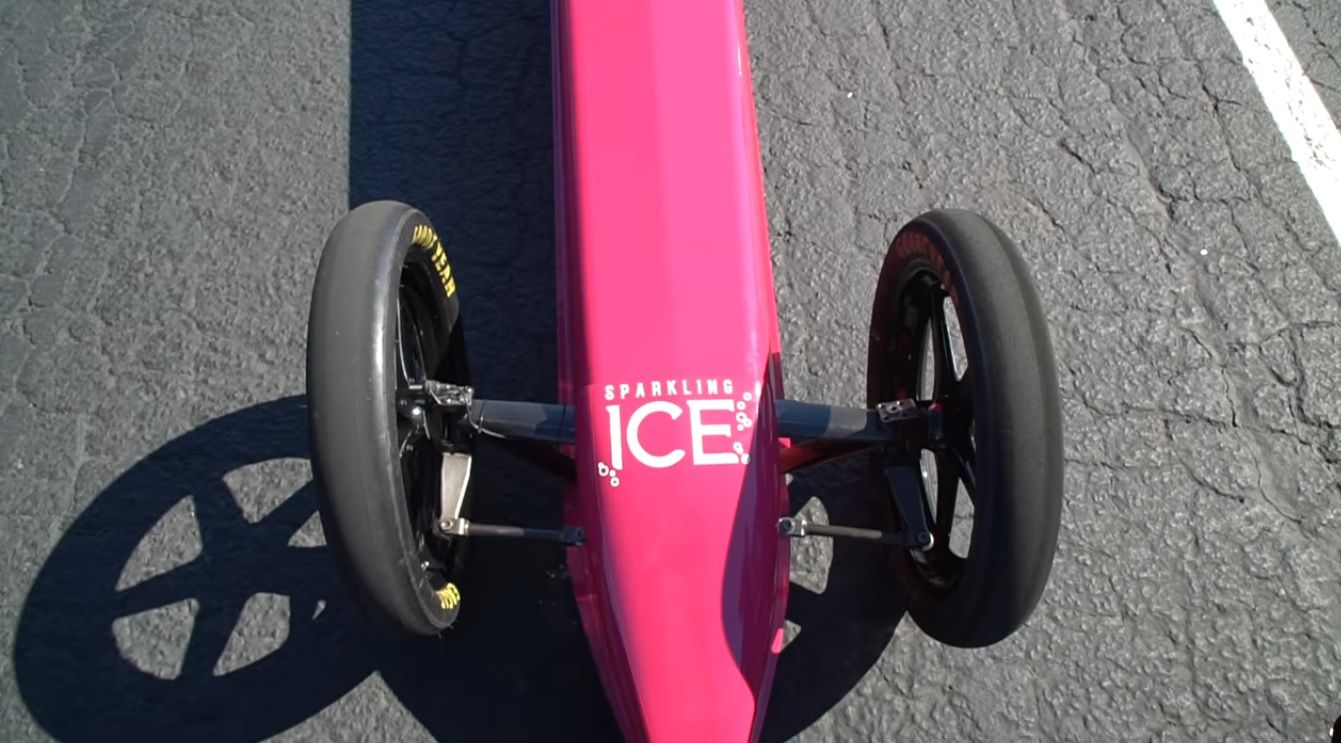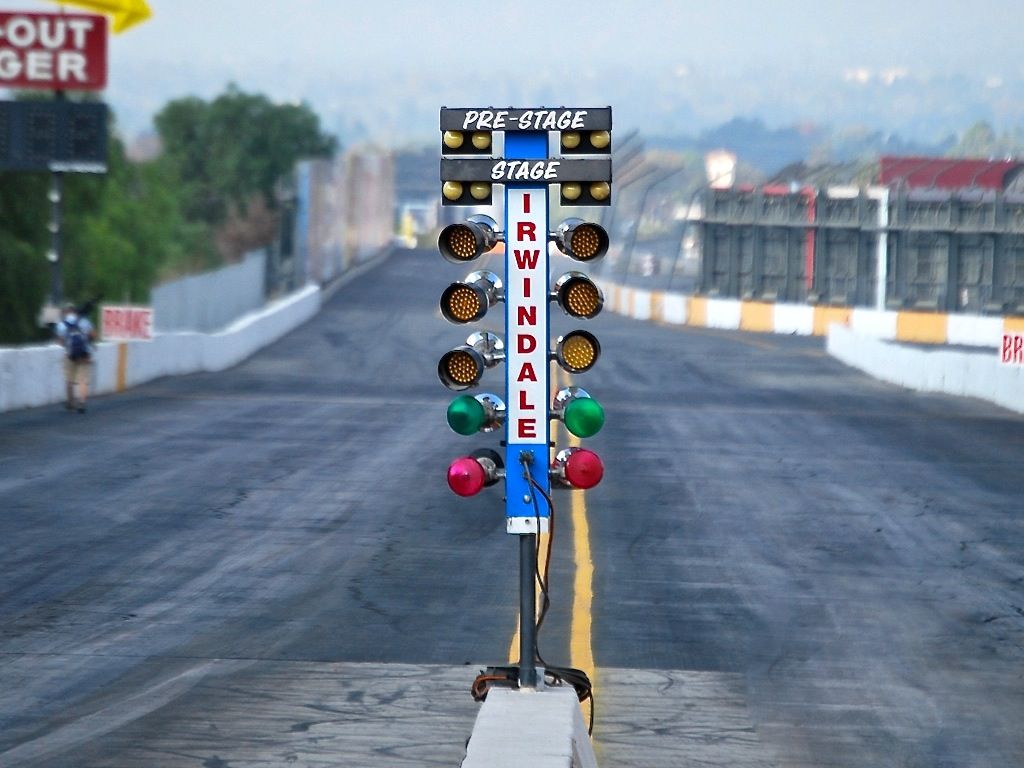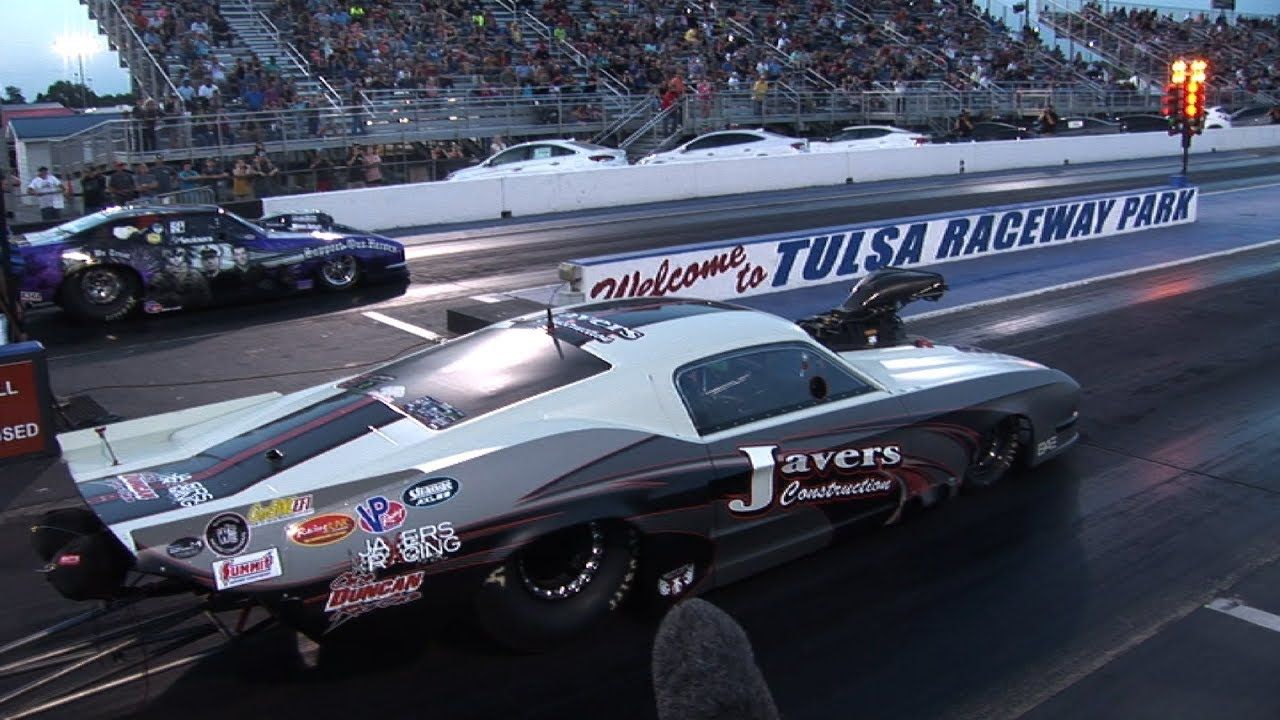You’ve probably never thought much about drag racing, but believe it or not, more people have gone to space than raced in a Top Fuel drag car. Drag cars are some of the fastest accelerating vehicles in the world. It takes about four seconds to get a drag car to launch from start to top speed, that’s almost as equal as traversing a football field in a second.
Drag races are simple; they are ideally a test of acceleration from start to finish. However, the world of drag racing isn’t as simple as the basic understanding of drag racing. So much goes on before these road rockets blast off. If you’ve been wondering, here are ten things you did not know about Drag racing.
10 Before the Starting Line
Drag racing seems simple, ideally, that’s how it needs to be. Most people think it’s as easy as getting a fast car and hitting the throttle. However, drag racing gets complicated right before you step on the throttle. Before the competition begins, all the cars need to wait at the staging line. Here, cars will sit in line, waiting for their turn to race.
While the staging line might look like a place to relax as you prepare for the race, it's ironically where most of the magic happens. At the staging line, the drive and engineers make final-minute adjustments that greatly determine whether they win or lose.
9 The Basics of Drag Racing
Most people have the vaguest understanding of drag races. The simplest explanation of a drag race is a car race on a short, straight track, that’s about ¼ or 1/8th mile long. The most basic definition is a race of acceleration. Driving skills such as handling, cornering doesn’t matter here. Instead, a driver’s ability to get to top speed fastest makes all the difference.
There are several categories of drag races, with different styles. Drag races can be simple or complicated, it all depends on how you look at it, but at the bare minimum, it’s all about performance, acceleration and crossing the finish line first.
8 Engines Mount with Hose Clamps
If you are new to drag racing, then you probably think the drag cars have exotic mounting systems for their engines. Let’s face it; these are some of the fastest cars in the world; it would only make sense that their engines use top of the range mounting systems. But that’s not the case.
Surprisingly, Top Fuel and Funny cars use hose clamps as engine mounts. Once the engine is in a proper position, they just fit the hose clamp on, and it’s good to go. It’s not very exotic, but rather simple, and in drag racing, simplicity, experience, and tradition rule.
7 Not your Typical Braking System
Top Fuel, Funny Cars, and Pro Stock drag cars use carbon brakes and not your typical disc brake system. Meaning both the brake pads and rotors are made from carbon just like Formula one braking systems. Carbon brakes make better braking systems for drag racing since they have more stopping power, are lighter and perform better under intense heat compared to traditional braking systems.
These brakes are so effective that it’s a requirement to have them on Top Fuel, Pro Stock and Funny Car by the NHRA. A downside to these performance brakes is that they won't work well until they reach optimum temperature.
6 Drag Cars are Constantly Tuned
Drag cars are superbly tuned, race car engineers will even wait for the final moments when the cars are on the staging lane to put up the final tune-ups. They will also have a crew member checking the condition of the track as well as the performance of other cars.
Based on the information they get; they will make final-minute adjustments to their vehicle to ensure it makes the perfect run. These adjustments can be as simple as changing the blower pressure or as complicated as adjusting the clutch settings right at the staging lanes.
5 Funny Cars don’t have transmissions
Funny cars don’t have your traditional transmission system; instead, they have an engine with a multi-plate clutch that goes straight to the rear end. They all use a 3.20 rear end ratio, and instead of shifting gears, they slip the clutch all whole way down the track by using timers that adjust how much the vehicle’s clutch is getting engaged as it speeds down the track.
So how do they reverse? Well, Funny Cars have a component known as the reverser, once activated, the vehicle is able to pull back up the track. Due to extreme strain put on the clutch, they need rebuilding after each run.
4 The Burnout
Drag cars have massive rear tires that need warming before they can work perfectly. Ever wondered by they do a burnout before a run? Well, it's not for show, but to get them warmed up. The racer will spin the vehicle’s tires over a short distance at the starting line. First, you’ll need to do roll through some water before pressing the throttle for a burnout.
A good burnout distance will get you right at the 300 ft cone. Burnouts are exciting to watch, they generate plumes of smoke and might seem like a waste of tire tread, but it's for a good cause.
3 The Spindle Stagger
Drag racing is quite fascinating, and just like any other race, the first car to cross the finish line wins. Top Fuel Drag cars have front wheels that do not line up or are not parallel. One of the front wheels is set back one inch from the other. This helps lower the E.T (Elapsed Time) they qualify due to longer rollout when the car goes into the stage beam. The principle here is, there is a set distance that the car runs from start to finish.
So, where exactly is the starting line? In drag racing, there’s two. First, there are the staging lights, when the wheel enters, it blocks the beams, triggering the stage lights on the tree of lights, as the wheel rolls across the starting line unblocking the beam, it shuts off the staging light starting the E.T clock.
2 The Christmas Tree
The Christmas tree in a drag race is more of a signaling tool than a gift center. The lights in a drag race Christmas tree are divided into different colors for different reasons. There are split ambers that signify pre-staging, the other split amber light is for staging, while three full amber lights signal the countdown, and well, the green light says its time to bolt! The Red lights are for disqualification.
Right after pre-staging and staging lights go off, one of the two sequences is used to signal the start of a race. The entire drag race Christmas tree is where the three amber lights in quick succession are used to signal a count down for a drag racer before takeoff.
1 Three types of Drag Races
Apart from your typical head to head drag race, there are several other types of Drag Races. A popular race is giving one car a handicap making it easier for two cars to race even if one is significantly faster than the other. There are also several categories of Drag Cars. The fastest and most powerful are known as Top Fuel Drag cars, and they are capable of getting to speeds of up to 350mph.
There are hundreds of other classes of drag cars available. Also, Drag race competitions are divided into a traditional bracket system, where two cars race against each other. The loser gets eliminated while the winner proceeds to the next round.

